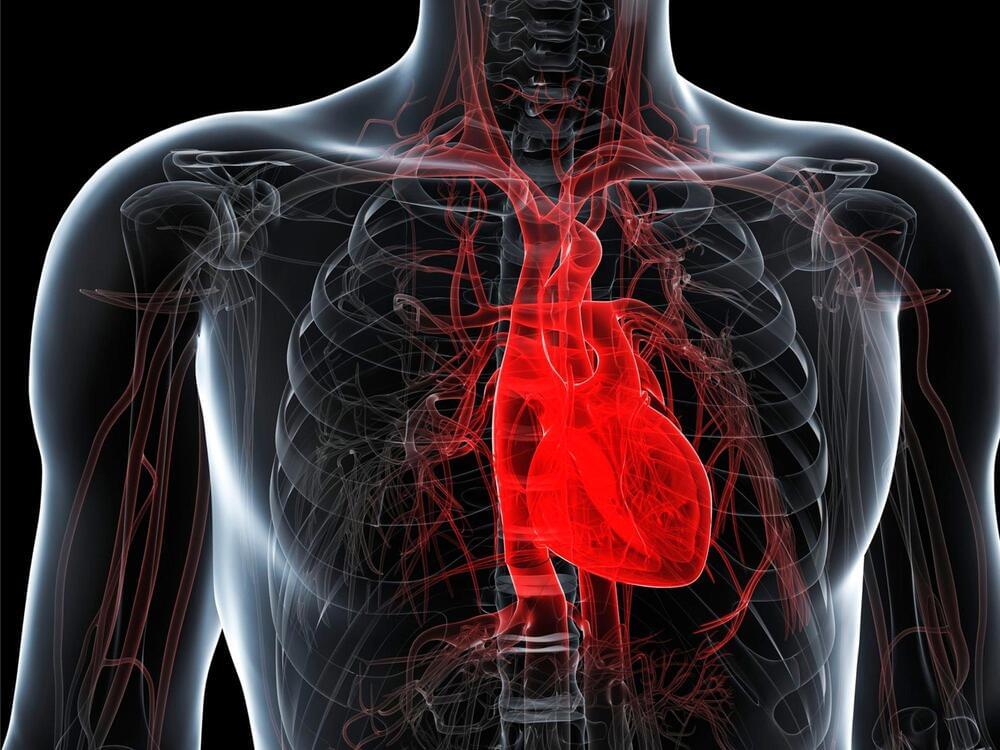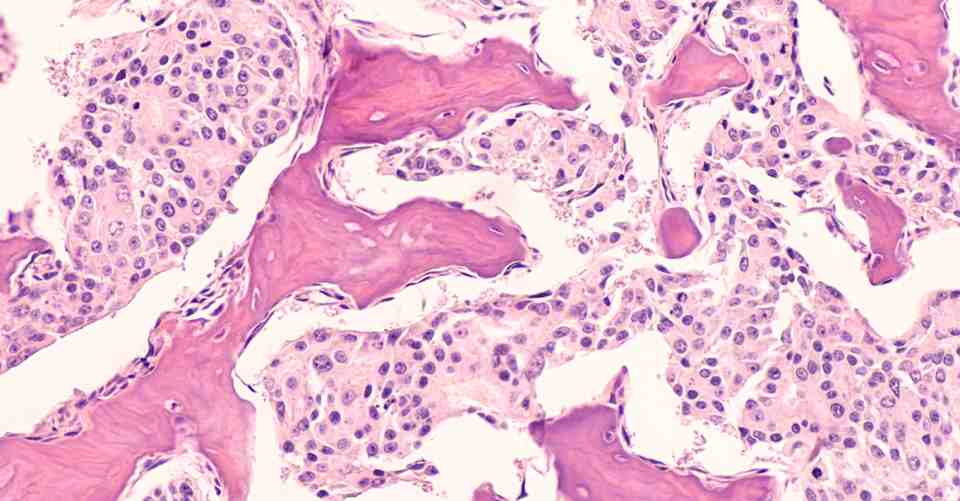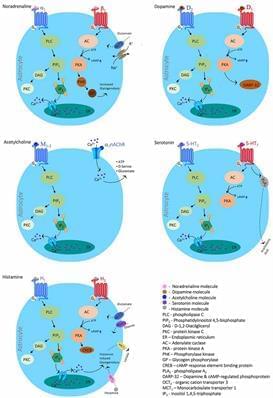The same four chemical building blocks behind almost all life on earth could one day be used replace traditional computer storage.



Researchers at the School of Dentistry, University of Central Lancashire (UCLan) were the first to report the link between gum disease and Alzheimer’s disease. Now two new studies from the same research group at the School of Dentistry demonstrate that progress is being made in making much stronger connections between gum disease in the mouth and deteriorating brain function.
Abstract: Journal of Alzheimer’s Disease.
Antimicrobial, Polarizing Light, and Paired Helical Filament Properties of Fragmented Tau Peptides of Selected Putative Gingipains https://content.iospress.com/articles/journal-of-alzheimers-disease/jad220486
Abstract: journal of alzheimer’s disease reports.
Porphyromonas gingivalis Conditioned Medium Induces Amyloidogenic Processing of the Amyloid-β Protein Precursor upon in vitro Infection of SH-SY5Y Cells.
#gumdisease #science #brain #neuroscience #dentist #dentistry #alzheimersawareness #alzheimersdisease #alzheimer #gingivitis #tau #plaques #nervecell

Time halted during the European Football Championship last summer. When football player Christian Eriksen unexpectedly fell, passed away, and was resuscitated on live television, the buzzing anxiety that had filled the air vanished in a matter of seconds. And in no time, millions of people all over the globe were aware of the danger posed by cardiovascular diseases, the leading cause of mortality in the western world, according to the World Health Organization.
When the heart fails in young athletes, the condition ARVC is often to blame. Half of all cases of sudden cardiac arrest in athletes occurring during physical activity are thought to be caused by ARVC.
Researchers from the University of Copenhagen provide new insights into a process involved in the development of the disease in a recent study. In fact, they also present a viable treatment method, according to Professor Alicia Lundby, whose research team led the new study.


28 to 34% lifespan increase in mice. I wonder if there would be side effects as a recent study showed Rapamycin and Metformin canceled each other’s side effects.
In a new study published in Aging Cell, researchers have tested several individual drugs and a combination of rapamycin plus acarbose as potential life extension agents in genetically heterogeneous mice [1].
Identification of successful anti-aging interventions is arguably one of the most challenging research problems to date. In addition to the complexity of aging, researchers have to deal with the biological heterogeneity of animals even within the same species and research reproducibility issues due to different experimental designs and approaches.
The National Institute on Aging Interventions Testing Program (ITP) was launched in 2004 with these limitations in mind. It is a peer-reviewed multi-institutional study evaluating potential lifespan-extending agents. The experiments are run in parallel at the Jackson Laboratory; the University of Michigan; and the University of Texas Health Science Center at San Antonio on genetically heterogeneous mice of both sexes.

So early to bed early to rise does not necessarily make a person healthy wealthy and wise.
In a recent study, scientists found early sleeping had a 70% higher risk of developing dementia.
Sleep may impact both physical and mental health and has been linked to various health conditions such as heart disease, stroke, dementia, depression, and obesity.
On September 21, researchers published a study in the Journal of the American Geriatrics Society, which shows early sleeping had a 70% higher risk of developing dementia and cognitive decline.
Join us on Patreon!
https://www.patreon.com/MichaelLustgartenPhD
Bristle Discount Link (Oral microbiome quantification):
ConquerAging15
https://www.bmq30trk.com/4FL3LK/GTSC3/
TruDiagnostic Discount Link (Epigenetic Testing)
CONQUERAGING!
https://bit.ly/3Rken0n.
Quantify Discount Link (At-Home Blood Testing)
https://getquantify.io/mlustgarten.
Cronometer Discount Link (Daily diet tracking):
https://shareasale.com/r.cfm?b=1390137&u=3266601&m=61121&urllink=&afftrack=
Support the channel with Buy Me A Coffee!
The users can effectively manipulate the prosthetics exactly like they would with an intact limb.
University of Utah researchers have developed the most advanced AI-powered prosthetics “ever created,” prompting Ottobock, the world’s largest prosthetic manufacturer, to collaborate with them to launch the project globally.
“Our @LabBionic [Bionic engineering lab] has developed the “Utah Bionic Leg,” the most advanced bionic leg ever created. Now, we’ve forged a partnership with the worldwide leader in the prosthetics industry, @OttobockUK, to bring it to individuals with lower-limb amputations,” the university’s official account tweeted on Friday.
The University of Utah has developed the most advanced AI-powered prosthetics “ever created,” prompting Ottobock, the world’s largest prosthetic manufacturer, to collaborate with them to launch the project globally.

While CommonSpirit declined to share specifics, a person familiar with its remediation efforts confirmed to NBC News that it had sustained a ransomware attack.
CommonSpirit, which has more than 140 hospitals in the U.S., also declined to share information on how many of its facilities were experiencing delays. Multiple hospitals, however, including CHI Memorial Hospital in Tennessee, some St. Luke’s hospitals in Texas, and Virginia Mason Franciscan Health in Seattle all have announced they were affected.

Glia, a non-excitable cell type once considered merely as the connective tissue between neurons, is nowadays acknowledged for its essential contribution to multiple physiological processes including learning, memory formation, excitability, synaptic plasticity, ion homeostasis, and energy metabolism. Moreover, as glia are key players in the brain immune system and provide structural and nutritional support for neurons, they are intimately involved in multiple neurological disorders. Recent advances have demonstrated that glial cells, specifically microglia and astroglia, are involved in several neurodegenerative diseases including Amyotrophic lateral sclerosis (ALS), Epilepsy, Parkinson’s disease (PD), Alzheimer’s disease (AD), and frontotemporal dementia (FTD). While there is compelling evidence for glial modulation of synaptic formation and regulation that affect neuronal signal processing and activity, in this manuscript we will review recent findings on neuronal activity that affect glial function, specifically during neurodegenerative disorders. We will discuss the nature of each glial malfunction, its specificity to each disorder, overall contribution to the disease progression and assess its potential as a future therapeutic target.
Glia are non-neuronal cells of the nervous system which do not generate electrical impulses yet communicate via other means such as calcium signals. Due to their lack of electrical activity, it was previously assumed that glial cells primarily functioned as “nerve-glue” (Virchow, 1860) and performed house-keeping functions for neurons; however, this concept has shifted due to recent findings showing glia are key components in many neuronal functions that go far beyond housekeeping (Araque et al., 1999; Buskila et al., 2019a).
Glial cells are categorized into two main groups; macroglia, which includes astrocytes, oligodendrocytes, NG2-glia and ependymal cells, and microglia which are the resident phagocytes of the central nervous system (CNS). Each population of glial cells is specialized for a particular function in the central or peripheral nervous system (García-Cabezas et al., 2016), and normal brain function depends on the interplay between neurons and the various types of glial cells. In this review, we will focus on astrocytes and microglia.